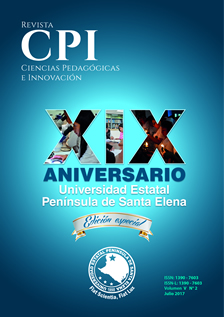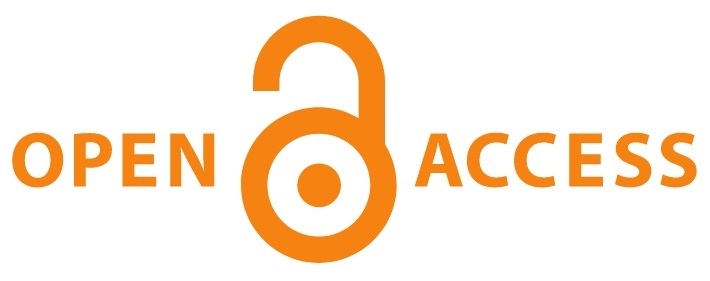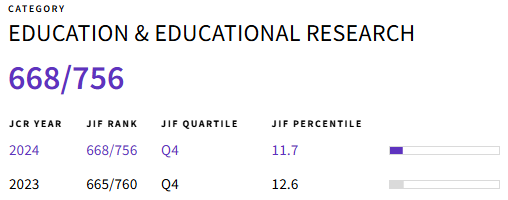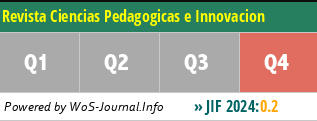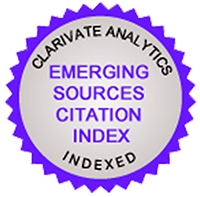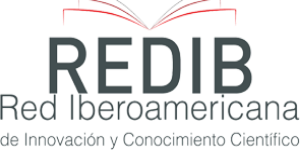The rural tourism district: the development model for Pedernales – Province of Manabí (Ecuador)
DOI:
https://doi.org/10.26423/rcpi.v5i2.174Keywords:
Rural Tourism, Multicriteria analysis, Economic planning, Clustering, InnovationAbstract
Tourism is an activity that revitalizes the economy, if managed in a socially responsible manner achieves equitable distribution of wealth. The proposal of rural tourism district seeks a balance between the welfare of the territories and the satisfaction of tourists. It could be considered as a methodology that incorporates business management and social projects tools with a value creation model that identifies essential characteristics that are in tourist demand. From a geo-referenced tourist inventory on the cartographic base provided by the Military Geographical Institute (Instituto Geográfico Militar), the characteristics of each place, tradition or event are determined that can be considered as a further attraction. Next, situational analysis is performed by applying the SWOT matrix and the viability of tourism projects based on logical framework matrix is determined. The use of multicriteria matrices allows the identification of suitable places for rural tourism attractions and the central place theory allows the organization of these attractions in districts. Research provides the basis in the process of rebuilding the tourism sector in the Pedernales canton, devastated by the earthquake of April 16, 2016
Downloads
References
Calderón, F. (2005), Distrito Turístico Rural una Modelo Teórico desde la Perspectiva de la Oferta. Especial referencia al caso Andaluz. Málaga: Tesis doctoral de la Universidad de Málaga.
Fuentes, R. (1995)."El turismo rural en España. Especial referencia al análisis de la demanda" Madrid.
BID (2009), PLANDETUR 2020. Quito: Ministerio de Turismo del Ecuador.
Bote,V. (2002).Planificación Económica del Turismo. México D.F: Trillas, 2002.
Garrido, M. (2008) Slideshare. [Online]. http://www.slideshare.net/nikacanika/planificacion-fases-presentation
Saaty,T. (19080).The Analytic Hierarchy Process. New York: McGraw Hill.
Kim, Ch. yMauborgne, R. (2008) La Estrategia de Océano Azul. Colombia: Norma.
Christaller,W. (1966).Central places in southem Germany.: Prentice Hall.
LEADER II, Evaluar el potencial turístico de un territorio.(1996): http://ec.europa.eu/agriculture/rur/leader2/rural-es/biblio/touris/metho.pdf.
GTZ (1999). Sustainable tourism as a development option. Esborn: https://www.giz.de/expertise/downloads/en-tourism-sustainable-development.pdf.
AFIT-LEADER (2000), La valorización del turismo de senderismo en los territorios rurales. http://ec.europa.eu/agriculture/rur/leader2/rural-es/biblio/walking/walking.pdf.
Ortegón, E.; Pacheco,J. yPrieto,A. (2005)Metodología del marco lógico apara la planificación, el seguimiento y la evaluación de proyectos y programas. Santiago de Chile: CEPAL, julio 2015. [Online]. http://www.extension.uner.edu.ar/adjuntos/documentos/manual%2042%20ILPES%20MML.pdf
Bravo,Y.; Partido,D.;Pérez,R. yLeyva,A. (2009). El despliegue de la función calidaden el diseño de productos turísticos con atractivos rurales. TURyDES.http://www.eumed.net/rev/turydes/05/.
Rain Forest Alliance (2007). Juego de Herramientos para promover el Turismo Sostenible en América Latina. Costa Rica: Rain Forest Alliance.
SIISE. (2010) Sistema de Indicadores Sociales del Ecuador. [Online]. http://www.siise.gob.ec/siiseweb/
Vera,F.Planificación y Gestión de Desarrollo Turístico Sostenible: Propuestas para la creación de un sistema de indicadores. Documento de Trabajo.Alicante: Universidad de Alincante, 2001.
Ministerio de Turismo (2009). PLANDETUR 2020, Quito: MINTUR[
SENPLADES (2014). Plan Nacional de Desarrollo. Quito: Gobierno de la República del Ecuador.
Salguero,J. (2006). Enfoques sobre algunas Teorías referentes al Desarrollo Regional. Bogotá.
Porter, M (2003). Estrategia Competitiva Técnicas para el Análisis de los Sectores Insdutriales y de la Competencia. México D.F.: CECSA.
OEA (2004). Metodología para Inventarios de Atractivos Turísticos.
Coello, F., Cevallos, R., Moscoso, F., López, P., Martinez, C., & Ponce, L. (2008). Creación de un Portafolio de Proyectos de Turismo Comunitario. Quito: PUCE.
Downloads
Published
Issue
Section
License
El titular de los derechos de autor de la obra, otorga derechos de uso a los lectores mediante la licencia Creative Commons Atribución-NoComercial-CompartirIgual 4.0 Internacional. Esto permite el acceso gratuito inmediato a la obra y permite a cualquier usuario leer, descargar, copiar, distribuir, imprimir, buscar o vincular a los textos completos de los artículos, rastrearlos para su indexación, pasarlos como datos al software o usarlos para cualquier otro propósito legal.
Cuando la obra es aprobada y aceptada para su publicación, los autores conservan los derechos de autor sin restricciones, cediendo únicamente los derechos de reproducción, distribución para su explotación en formato de papel, así como en cualquier otro soporte magnético, óptico y digital.

